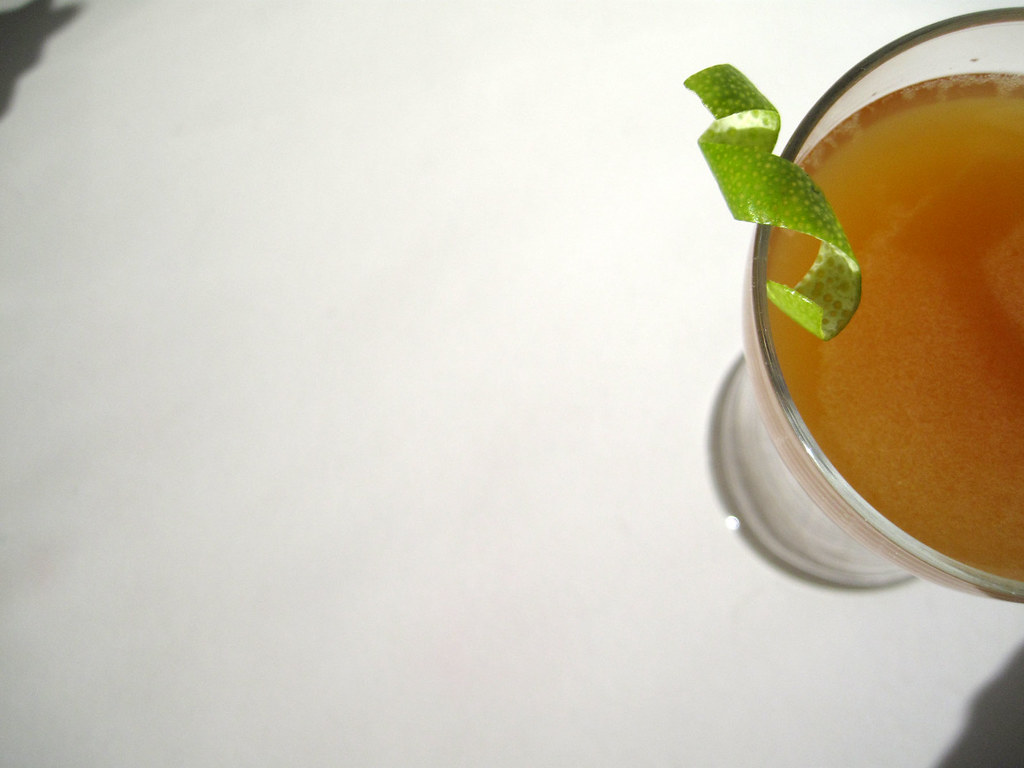
I never had much of an affinity for breakfast. Growing up, the weekday was filled with the rather uneventful ritual of a big bowl of sugared Cheerios and off to school. Both my parents worked, and making a picky eater like myself a proper breakfast was not worth the effort.
Prospects for breakfast got better on the weekends. These days were reserved for a more leisurely approach. The Sunday breakfast was an event, that featured pancakes or French toast. I preferred French toast in and out of the house, ordering it on the rare occasion we went out for breakfast. Over time as my French toast eating oeuvre expanded I realized which parts of the French toasts I preferred: the rich and crispy edges over the eggy-soaked middles that I would frequent sequester to the side of the plate. After years of tinkering and tasting I have come with a recipe I am finally happy about.
There are four elements to a good French toast:
1. The bread: After years of egg soaked texas-toast sized pieces of Wonder bread, I ate french bread french toast at a restaurant in San Francisco and had an epiphany. I don’t know why it didn’t occur to me earlier but the compact size of the baguette section eliminates the possibility of the soggy interior and the inherently chewy/crispy crust improves the chance of a crispy texture later. Whatever you do, avoid whole wheat loaves. The earthy taste of the flour only amplifies the earthiness of the real maple syrup you will add later. To me its like having dirt with a side of dirt for breakfast. You cannot go wrong with a medium-dense baguette loaf with a crispy crust. Avoid airy baguettes filled with cavernous holes, as they will not be able to stay together in the battering phase, leaving you with fried bread-pudding-no French toast.
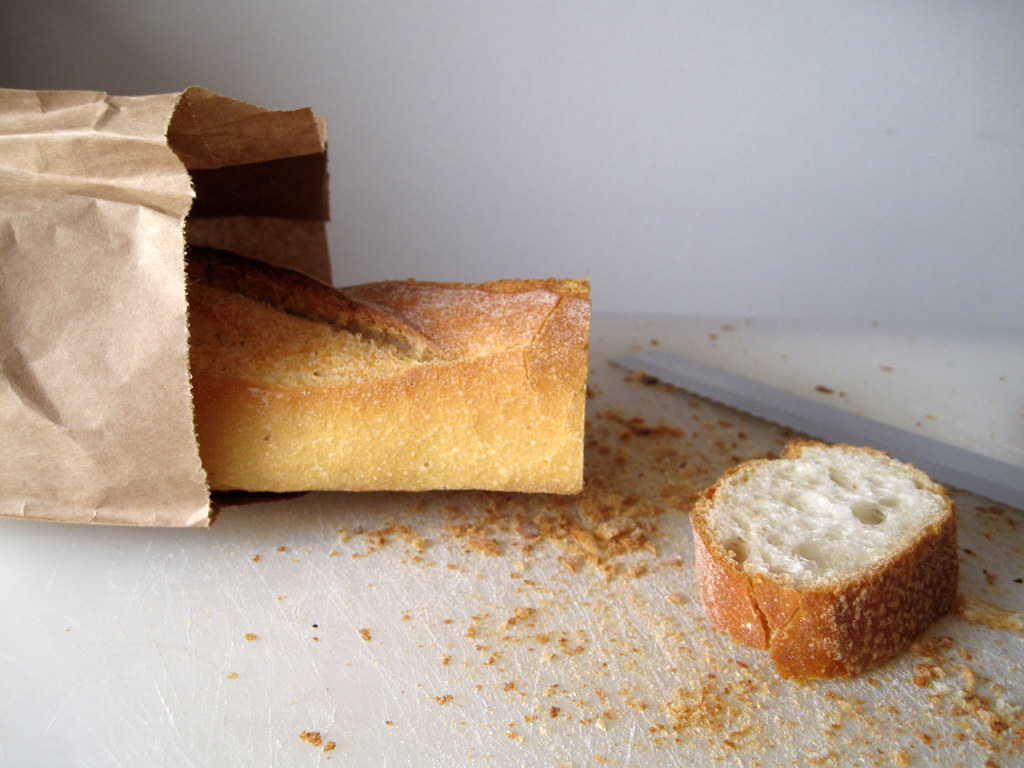
2. The batter: After usually compiling some mixture of eggs and cream by eye, I changed my ways after reading Michael Rhulman’s Ratio book. I decided that a slightly modified cold Crème Anglaise base is neither too watery or too eggy.
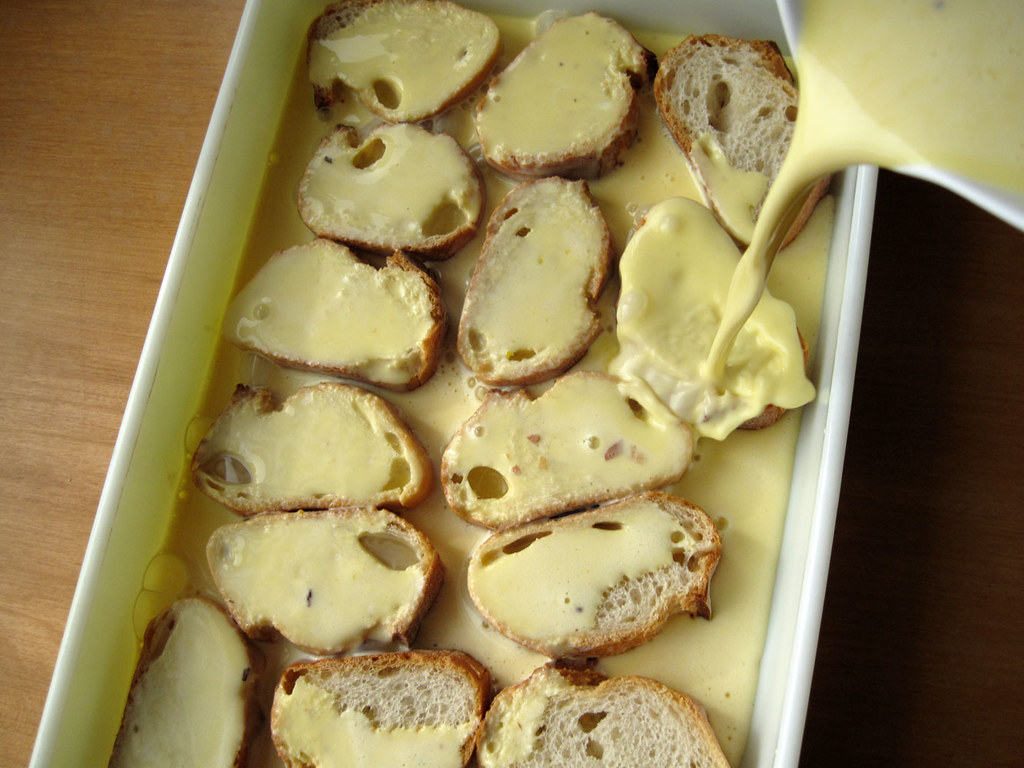
3. The cooking medium: I have always preferred the crispy bits on the French toast, but have had a hard time isolating the cooking method to achieve them, until I read Molly Wizenberg’s book, A Homemade Life. After reading the recipe of her dad’s (Burg) french toast, I realized how to get my consistent crispy results. The secret is to essentially shallow fry the pieces in a neutral oil.
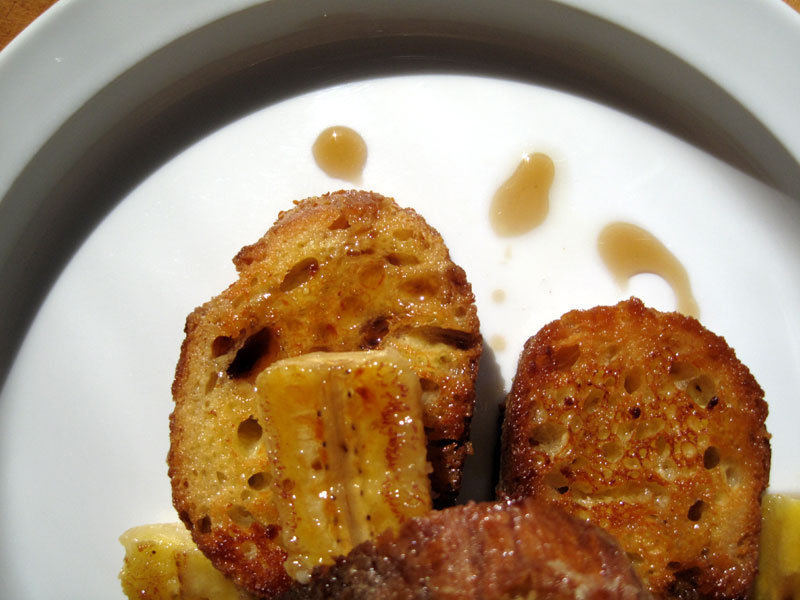
4. The toppings: I’ve never been a big fan of the fruit topping, but I was inspired to make my own sweet topping after watching Eric Ripert’s Get Toasted series-the rosemary banana episode. I found caramelized bananas act as the best synergistic topping to pair with maple syrup and all of the above.
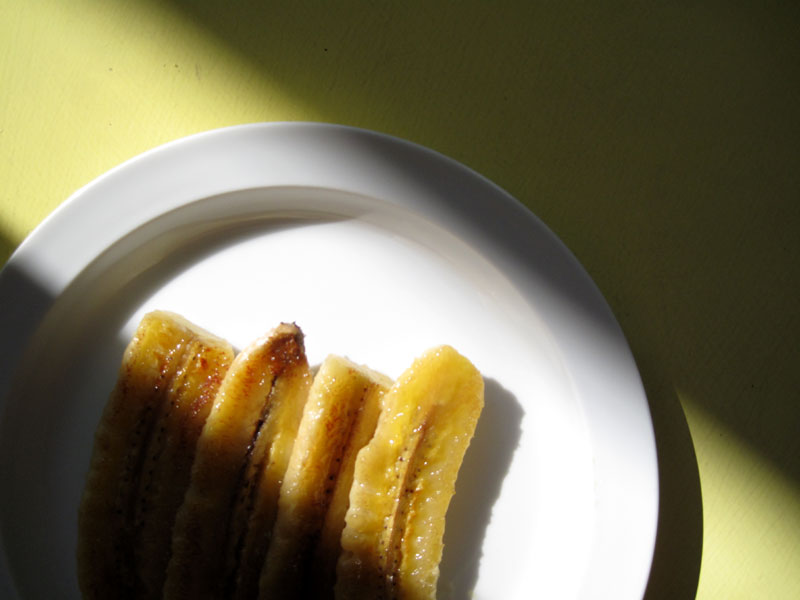
Chez grub's french toast
Ingredients:
1 baguette
7 eggs (yolks only)
8 oz. cream (1 cup)
8 oz whole milk (1 cup)
4 oz white sugar (about ½ cup)
4 oz egg yolks (7 eggs)
½ teaspoon vanilla extract
½ teaspoon almond extract
Pinch of Mexican cinnamon
butter
bananas
maple syrup
canola oil
Step One:
Bread
Cut your baguette into ½” thick pieces and layout to dry overnight to turn stale. If you forget to do this, avoid toasting. The extreme dryness jeopardizes the structure of the bread when you move into the batter phase. Instead, stick your pieces into a 200F degree oven for 30 minutes. This will mimic the stale-state of bread fairly well.

Step Two:
Batter
The advantage to Rhulman’s method, is that you can scale the recipe up or down based the number of pieces you have. Only have 4 eggs? You will only need about 4oz of milk and cream. It’s a simple 2:2:1:1 ratio. Whatever you have you will only need enough batter to cover the slices half way.
8 fluid oz cream (2 parts)
8 fluid oz whole milk (2 parts)
½ teaspoon of vanilla extract
½ teaspoon of almond extract
4 oz sugar (1 part)
4 oz egg yokes (about 7 large eggs) (1 part)
Combine yokes and sugar and beat for 30 seconds until the yolks and sugar are completely incorporated. Add liquids and combine.
Step Three:
Lay your now stale pieces of bread in a shallow baking pan or pans. Pour batter mixture over the pieces until batter is half-way up the sides of the bread. Allow to soak until bottoms are soggy, then turn. Once pieces are thoroughly soaked (time for this to happen will depend on staleness of bread) squeeze excess liquid from pieces and set aside. The crust should be malleable enough to squeeze without breaking. The batter can be reused for the next three days.
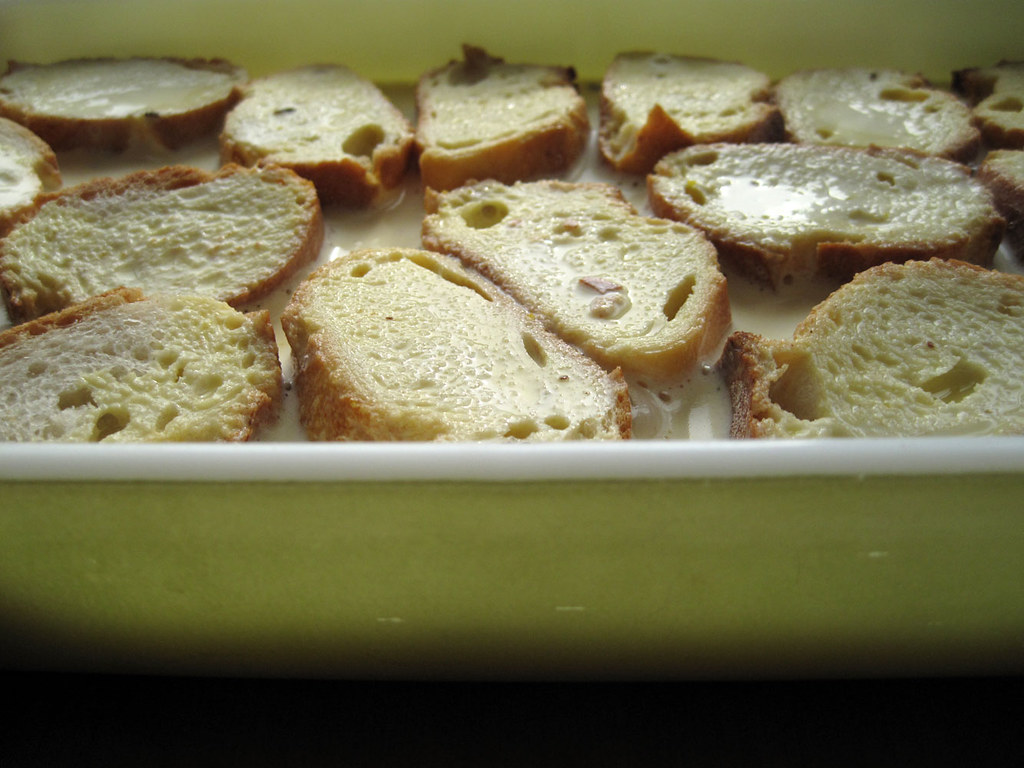
Step Four:
Cooking mediumFill a medium sized fry pan with a 1/8” of a neutral oil. Heat to medium high. Adjust as needed when you start cooking. The oil is too hot if the sugars in the batter start to burn before browning.
The Topping: While the oil is heating up, Peel banana and cut lengthwise down its spine, exposing the line of seeds in the interior. Place interior down on a plate. Brush exterior with a layer of melted butter, pinch of salt, then maple syrup. As the toast is cooking, place banana (interior face down) in a fry pan on medium heat with some butter. Fry until bottom is caramelized and top is soft. Once done take off heat and set aside until ready to plate.
 The Finish
The Finish:
Toast+banana topping+maple syrup = ready to eat.
 dig in.
dig in.


